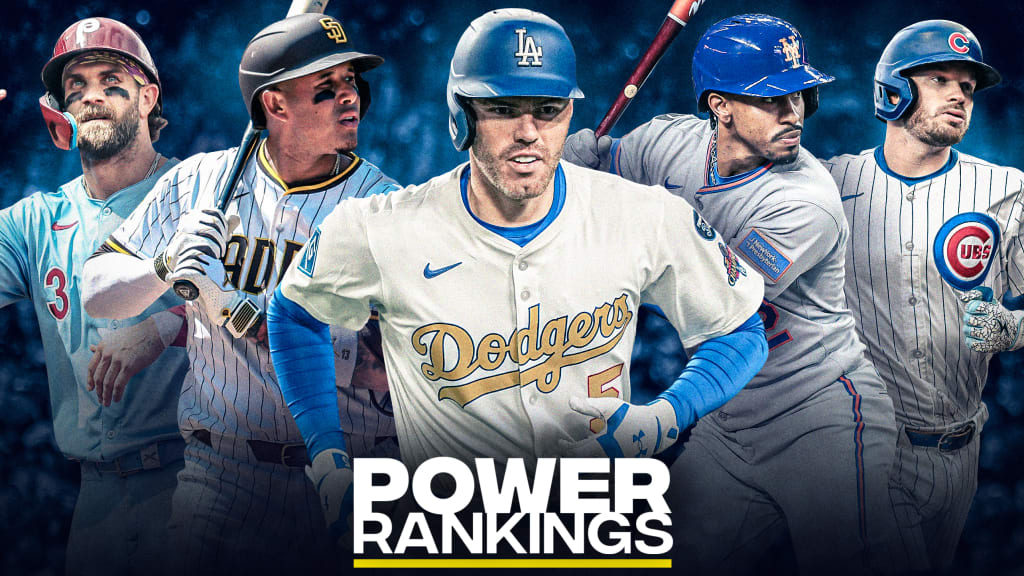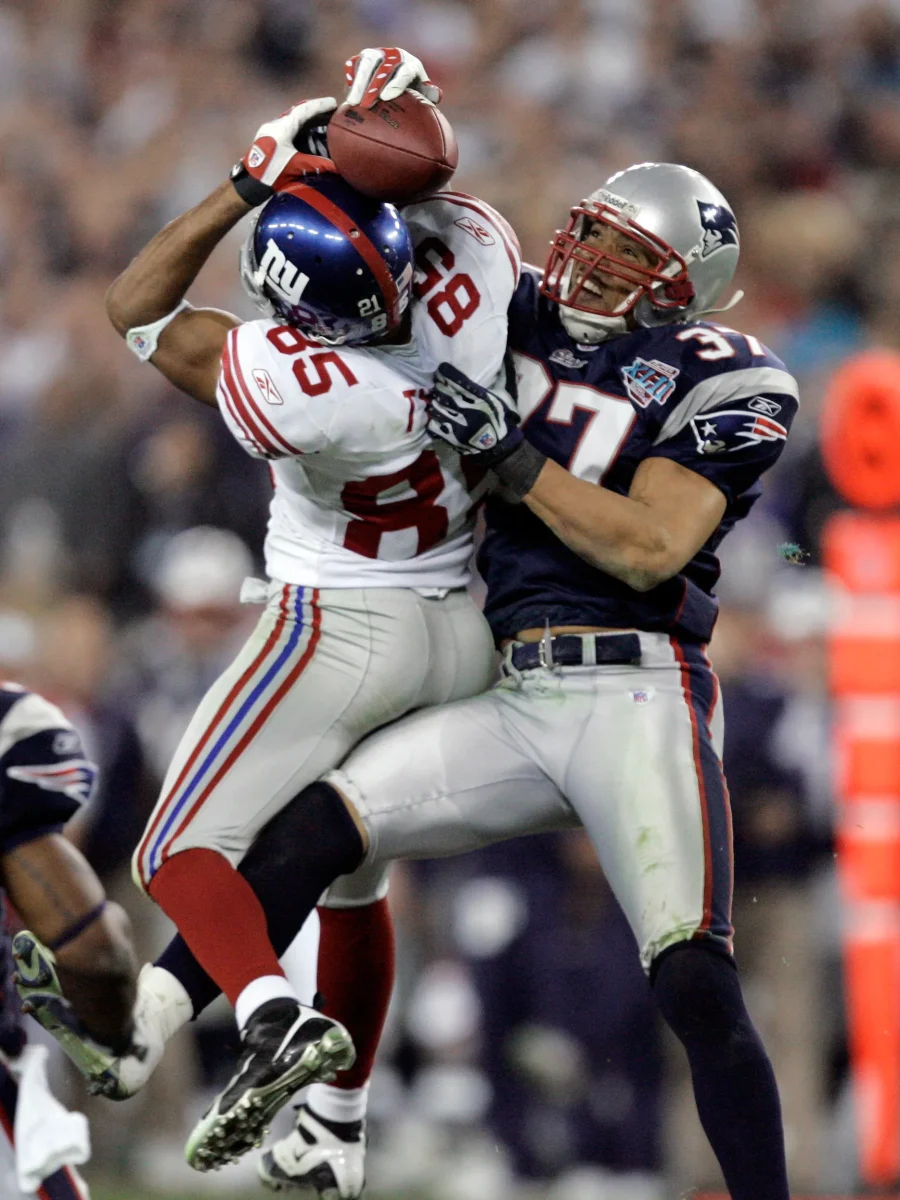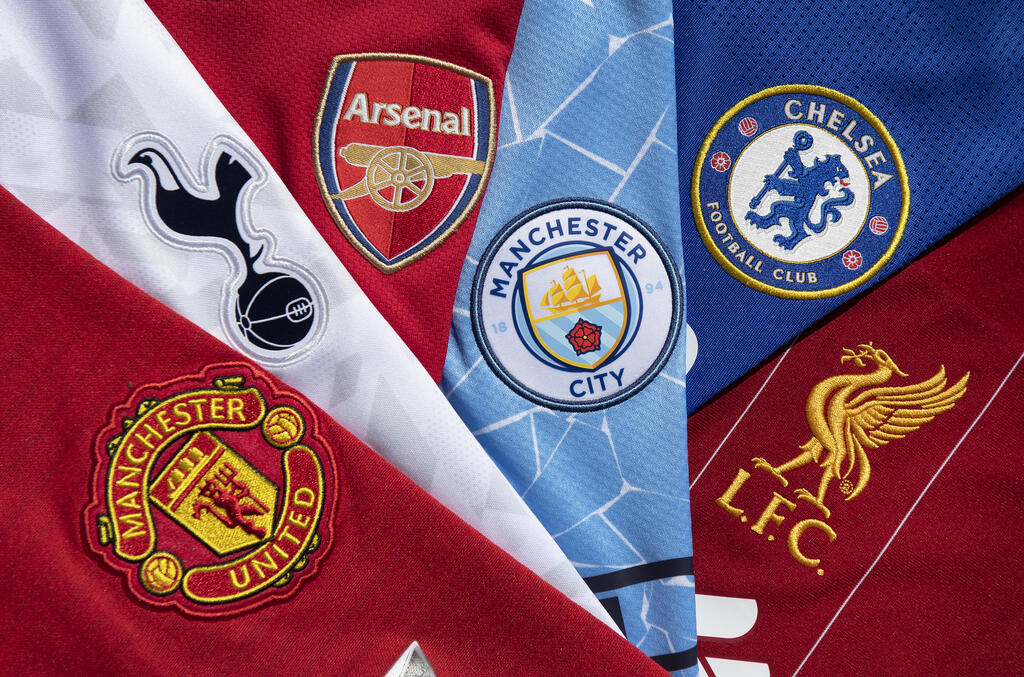Historically, the Premier League has been the pinnacle of Professional Soccer play. Every year, European teams compete against each other in order to either win the league, or move up the minor league ladder. These games gather a large viewership from Europe, Asia, and Africa, but an American would struggle to find a way to watch them on cable television. Even the American MLS doesn’t get significant viewership. So why does the American media favor the NBA, NFL, and MLB while the rest of the world watches European football? Does it come down to the sheer saturation of sports to watch in America or can this discrepancy be attributed to something that has occurred during the course of soccer history?
According to Bundesliga.com, what Europeans call football and what Americans call soccer has its roots tied to the 19th century in England. The first league formed in 1863 and the rules were slowly standardized as the sport spread across Europe to Germany and France. Immigrants from Europe eventually brought soccer to the Americas within the next couple decades. Minor and professional teams formed and leagues started dominating both Europe and America. It wasn’t until the late 90’s and early 2000’s that the modern MLS and Premier Leagues formed in North America and Europe respectively. While the Premier League formed out of necessity due to the amount of teams in Europe, the MLS only formed in a desperate attempt by the U.S. to host the World Cup. The hasty formation of the league led to a lack of big names in the league, meaning that while a professional league, the teams were mediocre.
It’s no secret that what attracts fans to soccer games is the players. This has become even more evident with leagues growing just from the addition of a couple players. For example, despite the leagues small size, the Saudi League and MLS have grown significantly thanks to the two members of the goat debate Christiano Ronaldo and Lionel Messi respectively. Based on prices on Ticketmaster, the average ticket at a Columbus Crew game will set you back about $30, but a ticket to an Inter Miami game (where Messi plays) is at least $100. This discrepancy is obvious to see. As it stands now, the saturation of elite players is found in Europe, on Premier League teams. The average American won’t be willing to fly to London just to watch an Arsenal game or just to watch Chelsea’s Cole Palmer shoot a penalty kick. This certainly doesn’t help the popularity of the sport in America, as watching the best players in the world isn’t as easy as driving 20 minutes to the next city over.
So why do the elite players congregate in Europe? Well, part of it has to do with the dynasty the Premier League has on professional soccer, but at the same time, the awards up for grabs in Europe are much more enticing than the American ones. As stated on Wikipedia, The French Ballon d’Or is often considered the most prestigious award in all of soccer, and it has almost always been awarded to a member of a European team, usually from the Premier League, and has never been presented to a player from a United States based team. The award is awarded to the player who has been deemed to have performed better than all others during the season, and the players that are nominated for this award play for the best league in soccer; the Premier League. At the risk of sounding like a broken record, the best players in the world play for the Premier League in order to earn awards like the Ballon d’Or or the monthly awards for best goal, save, player, and manager of the month presented by the Premier League are much more desirable than the MLS’ end of year awards such as rookie of the year or golden boot.
All of these factors contribute to an obvious decline in the skill level of American soccer players. Even the best players from the U.S go and play in the Premier League; such as Christian Pulisic, and only return for international play in the World Cup or Copa América. The damage done to American soccer is clear when watching these tournaments. The USAMNT has never won the World Cup, and has only made it to the semifinals once in 1930, getting third place. More often than not, the international team isn’t even INVITED to the Copa América. In the times it has though, the furthest the MNT was able to get was the semifinals.
Another reason the best players tend to play overseas is because of the attendance rates. In the 2023 MLS championship there were just above 20 thousand people which isn’t that much compared to the average premier league game which averages around 40 thousand people in attendance. This shows the lack of interest that Americans have in soccer and why players would rather play in the Premier League. To piggyback off of that, players in the premier league get paid a lot more than MLS players. The average salary in the MLS is 594 thousand a year and the average salary for Premier players is 250 thousand a month with the highest earning 1.7 million a month.
As Americans the three major sports are Baseball, Football and Basketball. One sport that us Americans overlook is soccer. Soccer is the biggest sport in the world and it’s not even close. Even though soccer isn’t popular in America, it’s the biggest sport across the world. The last World Cup was in 2022, the viewership for that game was 1.5 billion viewers, a lot more than the 3 major sports championships combined. America’s football championship; the Super Bowl, only had 62.5 million viewers.
Part of the reason soccer popularity is so low is because it’s hard to find in the US. The only consistent way to watch Premier League soccer is with a subscription to Peacock. According to a study from Zippia.com “About 7% of households with internet in the United States have a Peacock subscription.” 7% is extremely low compared to the 40% of people that have cable and have access to watch the other main 3 sports. So maybe more people would be more interested if there was more ease of access to watch soccer.
In conclusion, they’re are several factors that contribute to the downfall of popularity of soccer in America. We as writers are trying to inform you about this issue and bring awareness to the lack of fandom in america. We’re also trying to bring awareness to the diehard soccer fans that live in America and can’t enjoy their favorite sport.





















